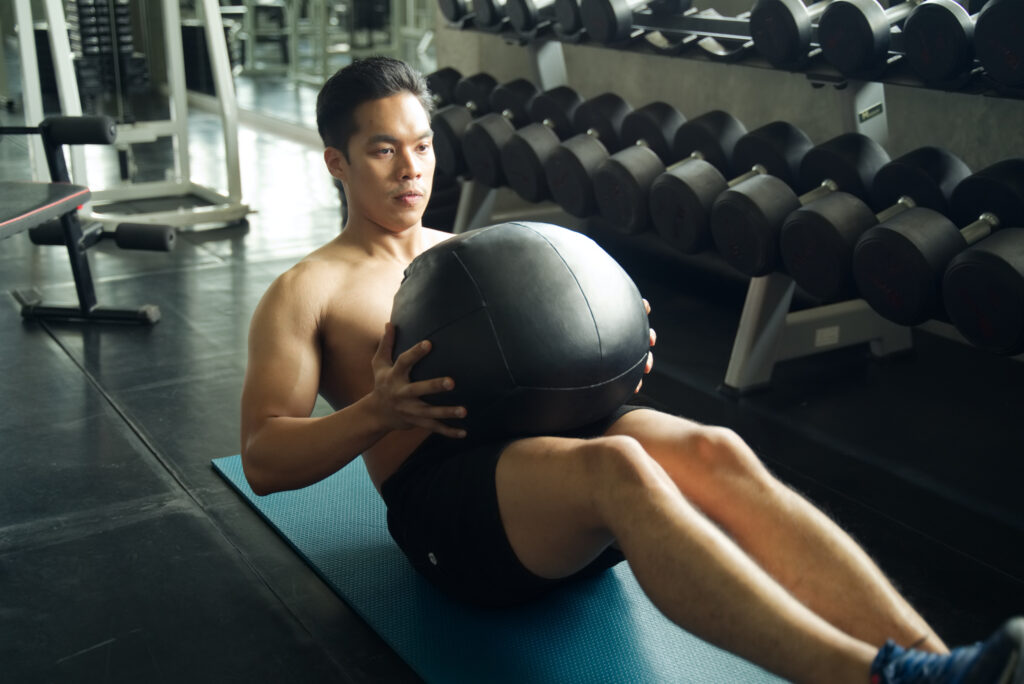The trapezius is a large muscle that spans the upper part of your back, neck, and shoulders. Shaped somewhat like a trapezoid, which is where it gets its name, this muscle is critical for a range of motions and activities.
It starts from the base of your skull, extends across the back of your neck, and fans out across your shoulders and down the middle of your spine to the lower thoracic vertebrae, which are located in the middle region of your back. This wide coverage means the trapezius muscle is not just a single entity but can be divided into three main parts: the upper, middle, and lower fibers, each responsible for different movements.
The upper fibers of the trapezius are involved in elevating your shoulders—think of shrugging your shoulders toward your ears. This part also helps tilt and turn your head and neck. The middle fibers primarily help in retracting the scapula, which is the action of pulling your shoulder blades toward each other. Lastly, the lower fibers aid in depressing the scapula, moving your shoulder blades downward.
These functions make the trapezius essential for various physical activities and daily motions, including lifting, pulling, and throwing. Its health and strength are vital for proper posture and preventing neck and shoulder pain. Strengthening the trapezius can involve exercises like rows, shrugs, and reverse flys, which help in maintaining a balanced and effective muscle function.
Moreover, because of its large size and importance in upper body movements, the trapezius is also a muscle that can visibly enhance one’s physique, contributing to what many consider a well-developed back and shoulders, which are desirable in many sports and physical activities. Keeping the trapezius muscle strong and flexible is important not just for athletes but for anyone looking to maintain good upper body function and health.

